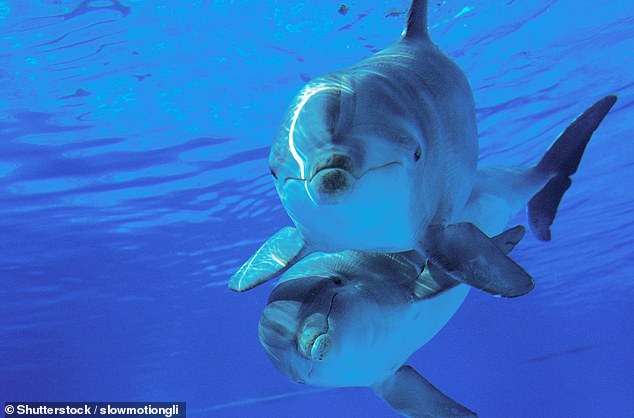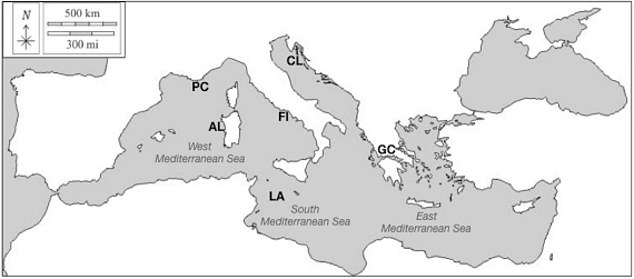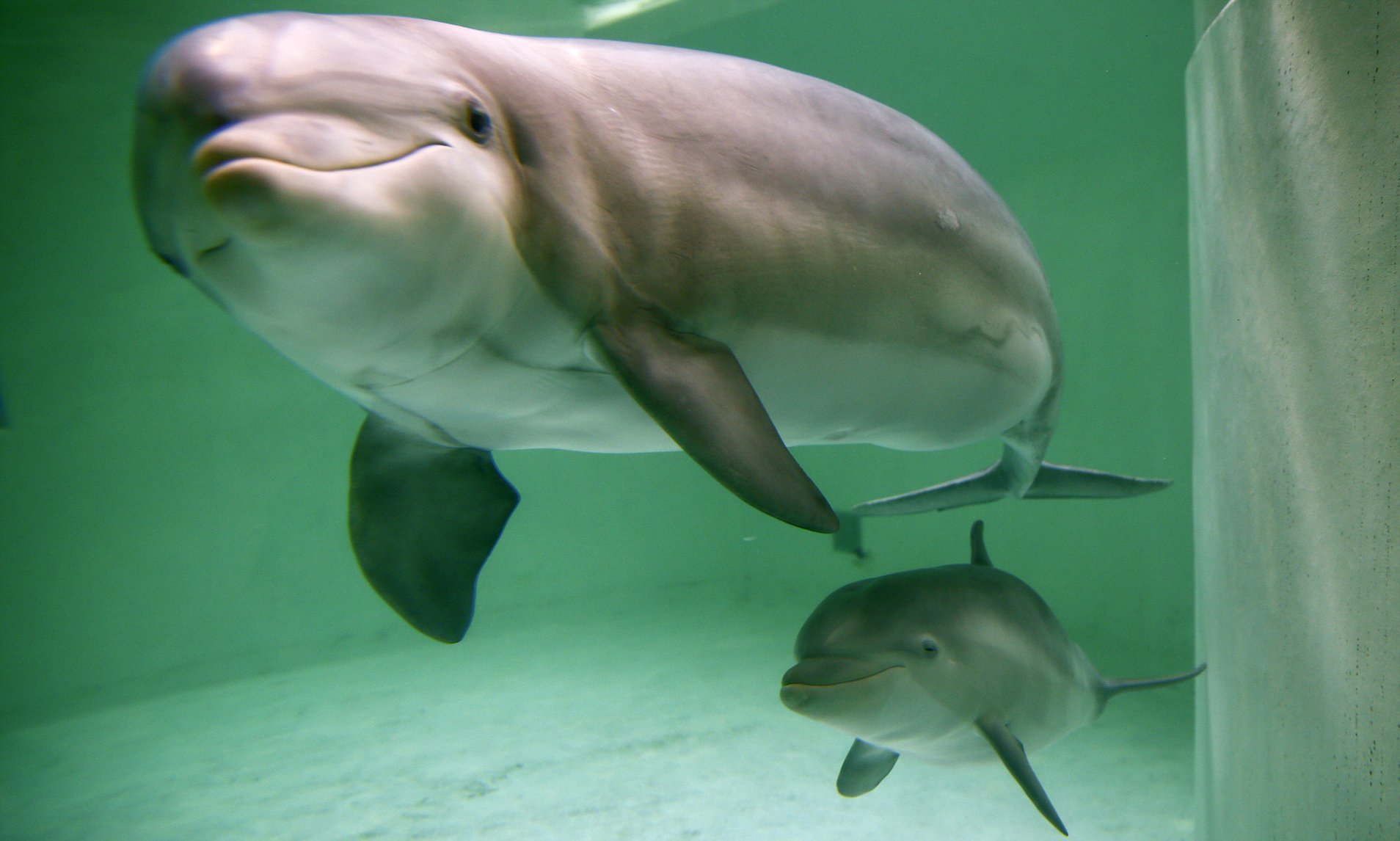
Just like humans with their distinct accents, it turns out that dolphins also have regional variations in their communication sounds. A recent study has uncovered that dolphins’ signature whistles, which they use to identify one another, are significantly influenced by their local habitats and communities.
Bottlenose dolphins are known for their unique signature whistles that serve as individual identifiers, much like a name. However, this new research has shed light on the fact that the acoustic characteristics of these whistles are not solely determined by genetics; rather, they are shaped by the dolphins’ surroundings.
The study, led by Gabriella La Manna and her team at the University of Sassari in Italy, delved into the whistling behaviors of common bottlenose dolphins (Tursiops truncatus) across six distinct geographical populations in the Mediterranean Sea. These populations were spread across various locations, including the French Riviera, Sardinian Sea, Tyrrhenian Sea, Adriatic Sea, Ionian Sea, and the Strait of Sicily.

Over the course of their research, the team meticulously analyzed a staggering 188 hours of recorded dolphin vocalizations. Through this analysis, they identified 168 unique signature whistles, each with its own acoustic features such as duration and changes in pitch.
The findings of the study highlighted that the local ocean environment plays a pivotal role in shaping dolphins’ signature whistles. Dolphins living in areas with seagrass, such as La Maddalena and Port Cros, exhibited higher-pitched and shorter signature whistles compared to those in muddy seafloors. Furthermore, the size of the dolphin population also impacted the signature whistle’s characteristics, with smaller populations displaying more pronounced changes in pitch.
Surprisingly, the genetic variations between eastern and western dolphin populations did not correlate with differences in their signature whistles, indicating that these variations are primarily environmentally driven.

Gabriella La Manna emphasized the significance of their findings, suggesting that bottlenose dolphins develop signature whistles that are finely attuned to their local habitats. She referred to this phenomenon as the ‘acoustic adaptation hypothesis.’ In a world where human activities are rapidly altering marine ecosystems, understanding the intricate interplay between environmental and behavioral factors in animal communication becomes ever more crucial.
As La Manna eloquently stated, “Even though bottlenose dolphins are among the most studied species of cetaceans, many aspects of their ecology and behavior remain unknown. Given how quickly human activities are changing the oceans, it is important to understand the environmental and socio-behavioral factors that allow animals to adapt to their surroundings. The acoustic environment in which dolphins live is of paramount importance for the development and maintenance of their communication. Human activities, such as commercial shipping and nautical traffic, can significantly impact this fundamental aspect of dolphins’ lives.”
These intriguing findings provide us with a deeper appreciation for the rich and intricate world of dolphin communication. The study, documented in the journal Scientific Reports, serves as a reminder of the delicate balance between nature and human activities in shaping the lives of our marine counterparts.



